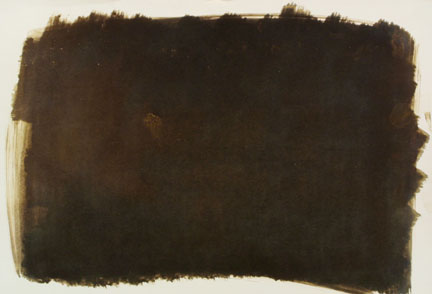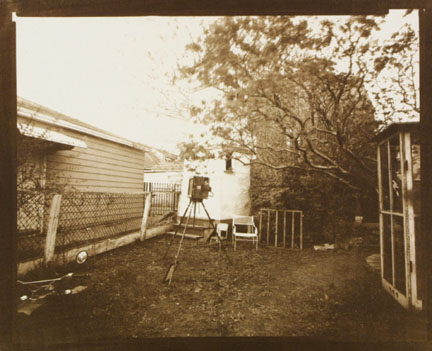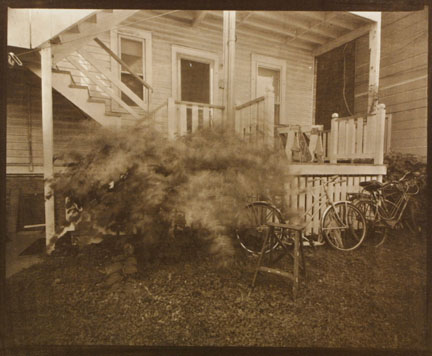About the Photographer
Cook, Jno
Dutch, 1940 - 2018
Jno Cook conducted inquisitive experiments that probed the elemental processes of photography and was among the earliest artists to explore the aesthetics of computer-based art and imaging on the internet. Originally trained as an engineer, Cook altered ordinary cameras to function in new ways and constructed provisional cameras out of unconventional materials. For example, the title of the Cook's panoramic photograph Rotating Cookie Can Camera suggests the method of its making. To create this image, Cook built a camera out of an old cookie tin, cutting a narrow slit for a shutter and attaching a motor so that it would rotate and create a contact print approximately 2 inches wide by 20 inches long.
Cook pursued deliberately reductive processes in his photographic work, exploring the aesthetic possibilities of the medium at a more fundamental level. In 1989 he conceived an exercise that would reduce the number of changeable variables to a minimum. He opted to shoot with an 8x10 "box" camera that had no adjustments or controls for aperture or focus, and to use a "graphic arts film" that would allow for only nominal control of aspects like contrast when developing the prints. Further reducing the possibility of manipulations, he made contact prints of the negatives using the outmoded Van Dyke brown print process, invented in the 1840s. Having eliminated typical technical decisions, Cook wrote, he was "thus left with only a single consideration: the selection and composition of subject matter." Imposing one final limit on the process, Cook made photographs only within the confines of his backyard, based on "the conviction," he continues, "that any location, if mined to a sufficient depth, would yield itself to an aesthetic description."
In the 1990s, Cook began to investigate computer imaging technologies and the effects of emerging computer networks on our professional and personal lives. Taking a broad approach to the new field of "computer art", Cook considered subjects such as, in his words, "the power of programming, the materials and machinery, and the connections (real or not) to other computers." For an exhibition in 1996 titled No Carrier, Cook made a series of enlarged prints of pixellated images he found online, anticipating the work of artists like Thomas Struth in the following decade. Specifically, for this series Cook downloaded photographs of women posted in erotic-themed news groups on UseNet, the computer network that preceded the World Wide Web, and cropped the pictures to include only the women's faces. Reducing the images to 40 by 50 pixels, he printed them at 8x10 inches using a color dot matrix printer. Since each pixel is approximately 1/4 inches on a side in the final prints, the faces are almost inscrutable when viewed up close, but effectively congeal at a distance to reveal various coquettish expressions.
Cook studied engineering at the Illinois Institute of Technology, where he completed a BS in Electrical Engineering in 1963 and a second BS in Industrial Engineering in 1970. In 1983 he completed an MFA at the School of the Art Institute. Cook taught photography at Columbia College Chicago.
http://jnocook.net




